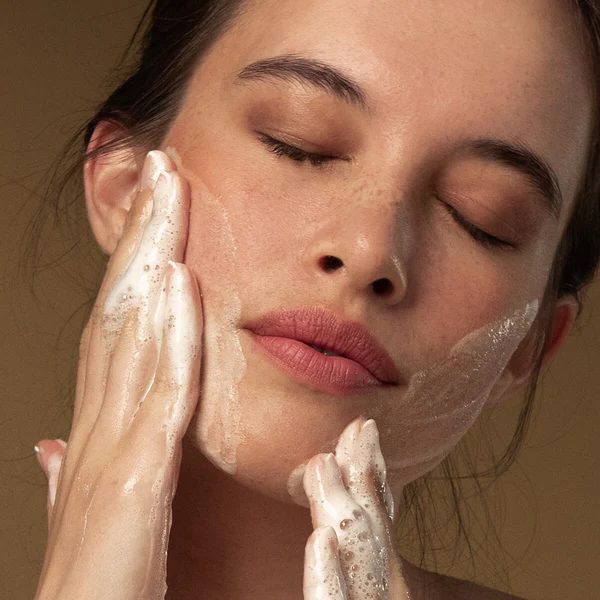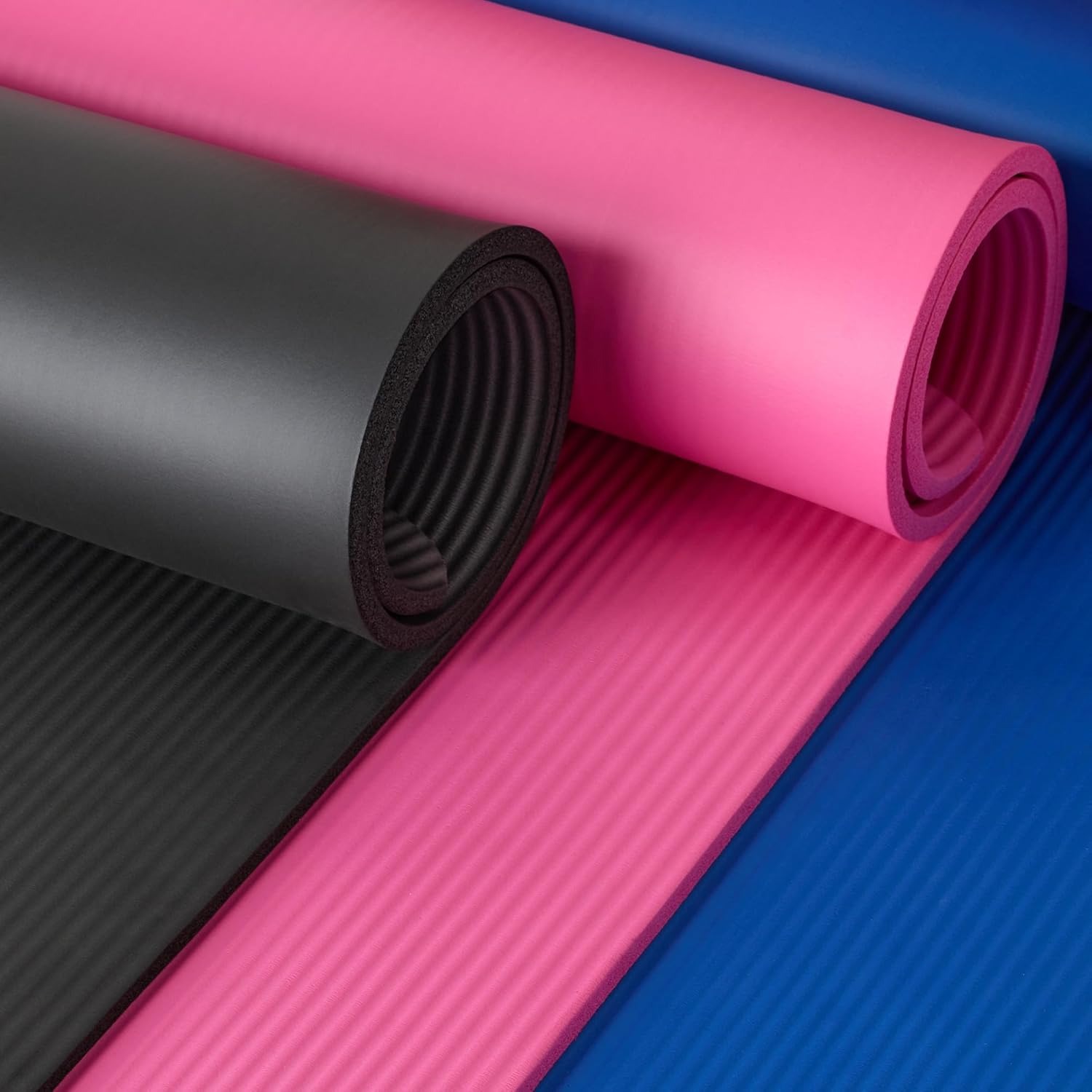What Are Facial Cleansers
Facial cleansers are essential skincare products. They help remove dirt, oil, and makeup from the skin. Their primary function is to clean the skin’s surface and pores deeply. A facial cleanser can come in forms like gels, creams, foams, or oils. The choice depends on the individual’s skin type and preferences. Unlike regular soaps, facial cleansers contain special ingredients. What does a facial cleanser do? These ingredients are gentle on the skin and provide additional benefits.
Cleansers also prepare the skin for other skincare routines. After cleansing, the skin is ready to absorb toners, serums, and moisturizers. Regular use of facial cleansers leaves the skin feeling refreshed and revitalized. It is a vital step in maintaining overall skin health. People of all skin types should use a cleanser suitable for them. This includes those with sensitive, oily, dry, or combination skin.
Choosing the correct type of cleanser is crucial. A good facial cleanser does more than just clean. It helps maintain the skin’s natural balance and supports its barrier function. With the right product, cleansing can become a pleasant and beneficial part of your daily skincare routine.
The Importance of Cleansing Your Face
Cleansing your face is essential for healthy skin. It is the first step in a skin care routine. Washing your face with a facial cleanser does more than remove dirt and grime. It also rids the skin of dead cells, excess oil, and makeup remnants. Regular cleansing helps prevent skin issues like acne and dullness. It can improve skin tone and texture too.
By cleaning your face, you allow your skin to breathe and renew. This process supports the skin’s natural functions, including repair and regeneration. It also boosts the effectiveness of products you use after cleansing. Toners, serums, and moisturizers can penetrate better on clean skin. So, remember to cleanse your face twice a day. This will ensure your skin stays fresh, clear, and more receptive to skin care products.
Finally, cleansing your face helps maintain pores. Clear pores look smaller and can improve your skin’s appearance. It also sets the tone for a glowing complexion. Use a cleanser that suits your skin’s needs. This will ensure you get the full benefits of facial cleansing.

Different Types of Facial Cleansers
Understanding the different types of facial cleansers is key to selecting the right one for your skin. Here’s a rundown of the most common types available on the market:
- Gel Cleansers: These are clear and have a gel-like consistency. They are good for deep cleansing and are particularly suitable for oily and combination skin types.
- Cream Cleansers: Cream-based cleansers are usually thicker. They are designed to hydrate and soothe the skin as they cleanse, making them great for dry or sensitive skin types.
- Foam Cleansers: Foam cleansers lather up when mixed with water. They provide a thorough cleanse and are often favored by those with oily skin.
- Oil Cleansers: These cleansers dissolve stubborn makeup and impurities without stripping the skin of its natural oils. Oil cleansers are a good choice for nearly all skin types, especially dry or mature skin.
- Micellar Water: This is a gentle cleansing option that uses tiny ‘micelles’ to capture and lift away dirt and makeup. It’s an excellent pick for sensitive or acne-prone skin types.
- Bar Cleansers: Similar to traditional soap, but formulated for facial skin, bar cleansers are convenient and can be formulated for various skin types.
- Exfoliating Cleansers: These cleansers contain ingredients that help to slough away dead skin cells. They are best used occasionally, to prevent over-exfoliation, which can damage the skin.
Choosing the correct type of facial cleanser can greatly benefit your skin’s health and appearance. It’s about finding a balance between effective cleansing and maintaining the skin’s natural moisture and oil. Remember to choose a product that’s designed for your specific skin type and concerns to reap the best results.
How Facial Cleansers Work
Understanding how facial cleansers work is crucial in recognizing their benefits for skin health. Cleansers are designed to bind with dirt, oil, makeup and other impurities on the skin’s surface. This action allows easy removal of these particles when you rinse off the cleanser.
Here’s a basic overview of the process:
- Dissolving Impurities: The ingredients in facial cleansers can dissolve the day’s buildup. This includes grime, sebum (skin oil), and makeup. When you apply the cleanser, it breaks down these substances.
- Unclogging Pores: A key function of facial cleansers is unclogging pores. This helps prevent acne and blackheads. Gel and foam cleansers often have ingredients that can penetrate the pores for a deep clean.
- Preserving Skin Balance: Cleansers maintain the skin’s natural pH balance. A balanced pH helps protect the skin from bacteria and environmental stressors. Cream and oil cleansers are particularly good for preserving skin hydration.
- Preparing Skin for Further Treatment: After cleansing, the skin is able to better absorb skincare products. Toner, serum, and moisturizer work more effectively on a clean base.
- Exfoliation: Certain cleansers with exfoliating ingredients can remove dead skin cells. This helps to rejuvenate skin and improve texture. It’s important not to overdo it, as excessive exfoliation can be harmful.
When choosing a facial cleanser, consider what your skin needs. Whether it is to control oil, hydrate, treat acne, or gently clean sensitive skin, there is a cleanser out there for you. Remember to use the cleanser as directed for the best results. Most experts recommend cleansing twice daily – in the morning and at night.
By understanding what does a facial cleanser do, you can make informed decisions about your skincare routine. Opt for a cleanser that both cleans and cares for your skin, ensuring a healthy and radiant complexion.

Key Ingredients in Facial Cleansers
Facial cleansers have various ingredients suited for different skin concerns. Key ingredients usually focus on cleansing, hydrating, and treating the skin. Here are some common components you’ll find in facial cleansers:
- Surfactants: These are the cleansing agents. They help break down oils and dirt, making them easy to wash away.
- Emollients: These are moisturizing ingredients. They help to soften and smooth the skin’s surface.
- Humectants: Ingredients like glycerin and hyaluronic acid attract moisture. They keep the skin hydrated.
- Exfoliants: Alpha and beta hydroxy acids gently remove dead skin cells. They reveal brighter skin underneath.
- Antioxidants: Vitamins C and E protect skin from environmental damage. They also aid in skin repair and rejuvenation.
- Botanical Extracts: Ingredients from plants offer various benefits. Green tea extract, for example, can calm and soothe the skin.
- Clay: Good for oily skin, clay absorbs excess sebum and detoxifies pores.
These ingredients work in harmony to cleanse and improve skin health. They ensure the cleanser does more than just remove impurities. Products are formulated with different concentrations of these ingredients. The type of cleanser you choose should match your skin’s specific needs. Remember, what does a facial cleanser do depends on its components. So, check the label and understand the key ingredients to make the right choice for your skin.
Step-by-Step Guide to Using Facial Cleansers
Using a facial cleanser correctly can maximize its benefits. Here’s a simple guide to follow:
- Start with Clean Hands: Before touching your face, wash your hands. This prevents transferring dirt and germs.
- Use Lukewarm Water: Splash your face with lukewarm water. Extreme temperatures can harm your skin.
- Apply the Cleanser: Dispense a small amount of cleanser onto your fingertips. Use gentle, circular motions to apply it to your face.
- Be Gentle: Avoid scrubbing your skin harshly. This can cause redness and irritation.
- Don’t Rush: Take the time to cleanse thoroughly. This ensures all impurities are removed.
- Rinse Well: After cleansing, rinse your face with lukewarm water. Ensure no residue is left behind.
- Pat Dry: Use a clean towel to gently pat your face dry. Avoid rubbing, as it can damage your skin.
- Follow Up with Skincare: Immediately apply toner, serum, or moisturizer. This helps lock in benefits.
Remember, what does a facial cleanser do best is keep skin clean. Use it correctly and enjoy healthy, glowing skin. Understanding the process helps you choose the right product for your skin’s needs.

Choosing the Right Facial Cleanser for Your Skin Type
Selecting the ideal facial cleanser for your skin type is vital. The right product balances cleansing action with skin care. Here are guidelines to help you make a wise choice:
- Sensitive Skin: Seek out mild, fragrance-free cleansers. These soothe the skin without causing irritation.
- Oily Skin: Gel or foam cleansers are best. They remove excess oil and help prevent breakouts.
- Dry Skin: Choose cream-based cleansers. They provide extra moisture to prevent flaking.
- Combination Skin: A balanced formula, perhaps a gentle foam or gel cleanser, works well. It targets different areas effectively.
- Normal Skin: You’re lucky to have more options. Still, a gentle cleanser that maintains natural oils is ideal.
- Acne-Prone Skin: Look for cleansers with salicylic acid or benzoyl peroxide. These ingredients fight acne effectively.
- Mature Skin: Oil cleansers or balms with antioxidants are beneficial. They preserve moisture and improve skin texture.
Remember, what does a facial cleanser do best is match your skin’s needs. Do a patch test before using any new product. This ensures that the cleanser fits well with your skin. Change your cleanser if your skin reacts badly or your skin type changes. Always stay gentle with your skin for the best health and appearance.
Common Myths and Facts About Facial Cleansers
When it comes to facial cleansers, misconceptions abound. It’s essential to separate fact from fiction. Let’s debunk some common myths about facial cleansers and uncover the truths.
- Myth: More soap equals cleaner skin.Fact: This isn’t true. Too much soap can strip your skin of natural oils. This may lead to irritation.
- Myth: High foam equals better clean.Fact: Foam level doesn’t determine cleanliness. Some gentler cleansers may not foam as much but still clean effectively.
- Myth: All cleansers suit every skin type.Fact: Each skin type needs a specific cleanser. What works for oily skin may not suit dry skin.
- Myth: Cleansers can shrink pores.Fact: Cleansers can’t change pore size. They can only clean and help them appear smaller.
- Myth: Facial cleansers cause acne.Fact: This is false. In fact, the right cleanser can prevent and treat acne.
- Myth: You don’t need to cleanse if you don’t wear makeup.Fact: Cleansing removes more than makeup. It rids the skin of oil, dirt, and dead cells too.
- Myth: It’s okay to use body soap on your face.Fact: Body soaps are harsher. Face cleansers are tailored to be gentle on facial skin.
Understanding what does a facial cleanser do is vital. It helps correct these myths and care for your skin properly. Remember to pick a cleanser suited for your skin type and needs.



